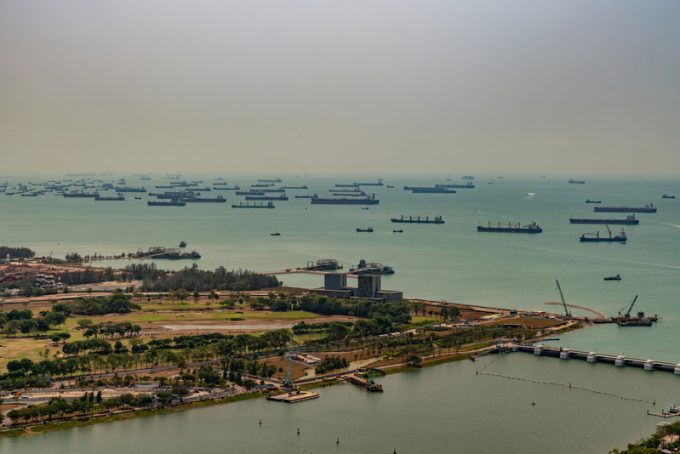USTR fees will lead to 'complete destabilisation' of container shipping alliances
The USTR fees for China-built shipping threaten a “complete destabilisation” of the ocean alliances, as ...

Although the 1 January switch to maximum 0.5% low-sulphur fuel for shipping appears to have passed without major disruption, liner consultancy Alphaliner has reported instances of idle containerships waiting for compliant fuel.
The consultant said it had recorded “several cases of laden ships at anchor, apparently waiting for LSFO [low-sulphur fuel oil] bunkers”.
It said the carrier most affected was Singapore-based Pacific International Lines (PIL), which apparently has had at least six vessels anchored off of its home port since late last ...
Maersk u-turn as port congestion increases across Northern Europe
Apple logistics chief Gal Dayan quits to join forwarding group
Maersk Air Cargo sees volumes fall as it aims for 'margin in favour of revenue'
Airlines slash freighter capacity post-de minimis, but 'the worst is yet to come'
Houthis tell Trump they will end attacks on Red Sea shipping
Transpac rates hold firm as capacity is diverted to Asia-Europe lanes
MSC revamps east-west network as alliance strategies on blanking vary
India-Pakistan 'tit-for-tat' cargo ban sparks sudden supply chain shocks


Comment on this article